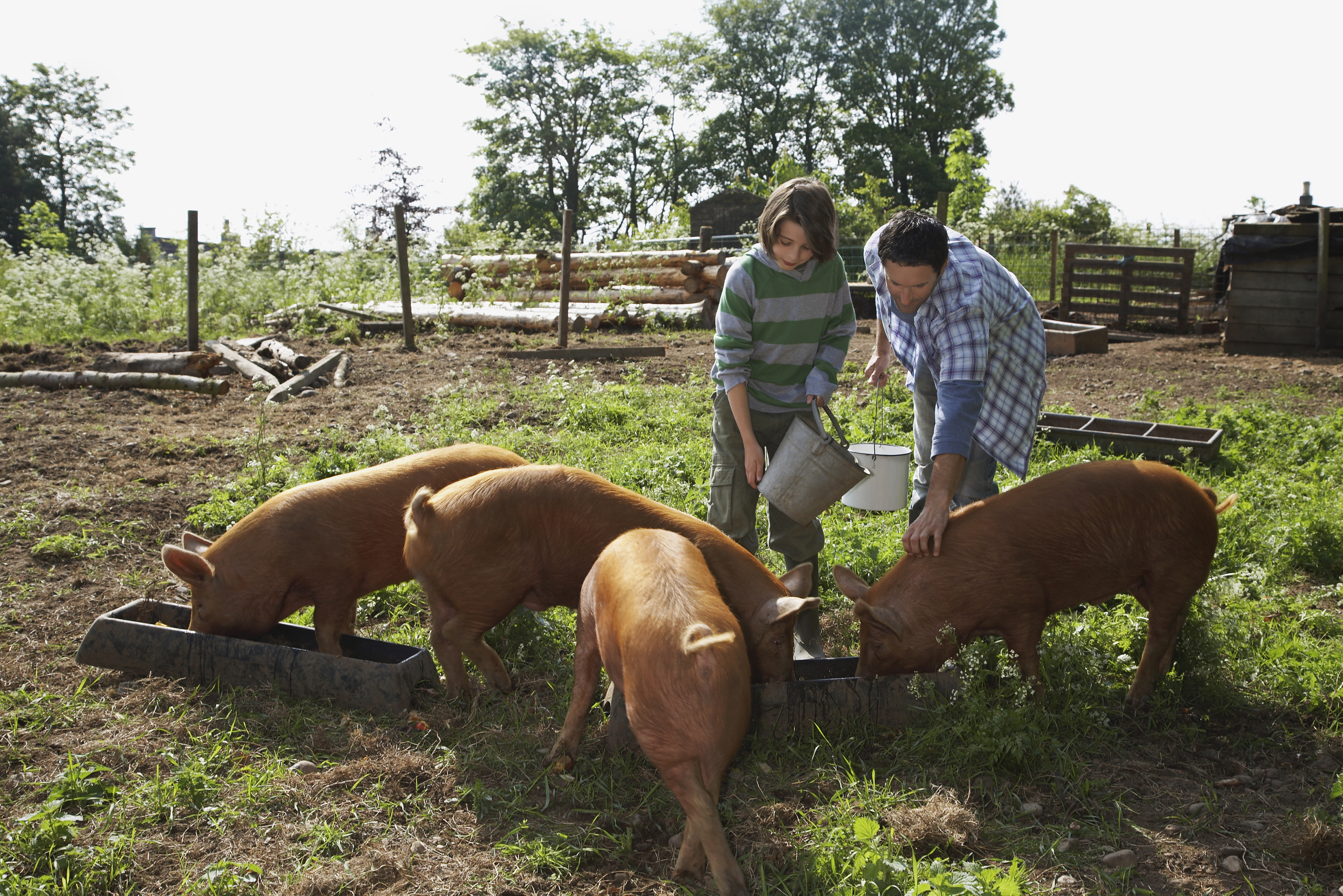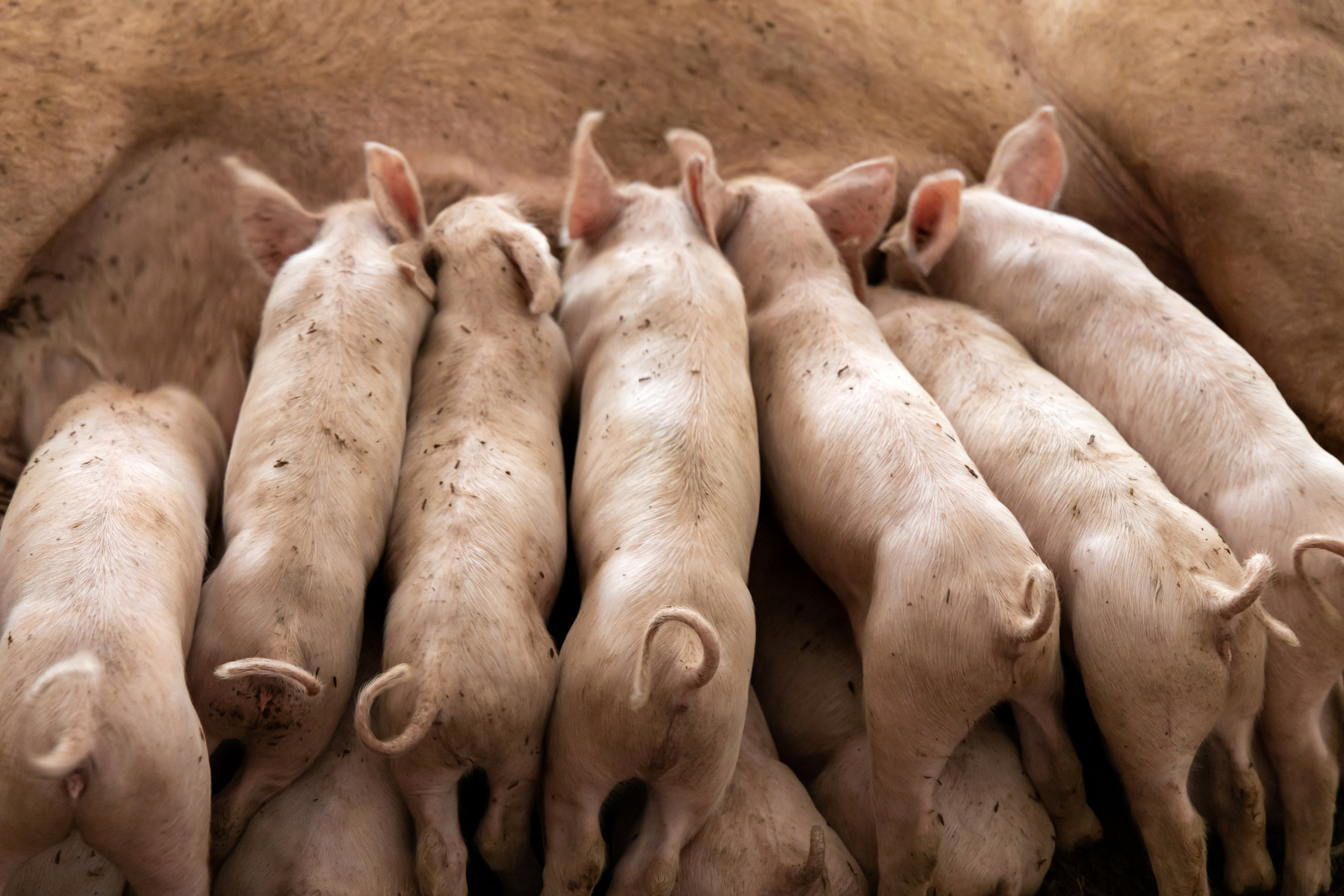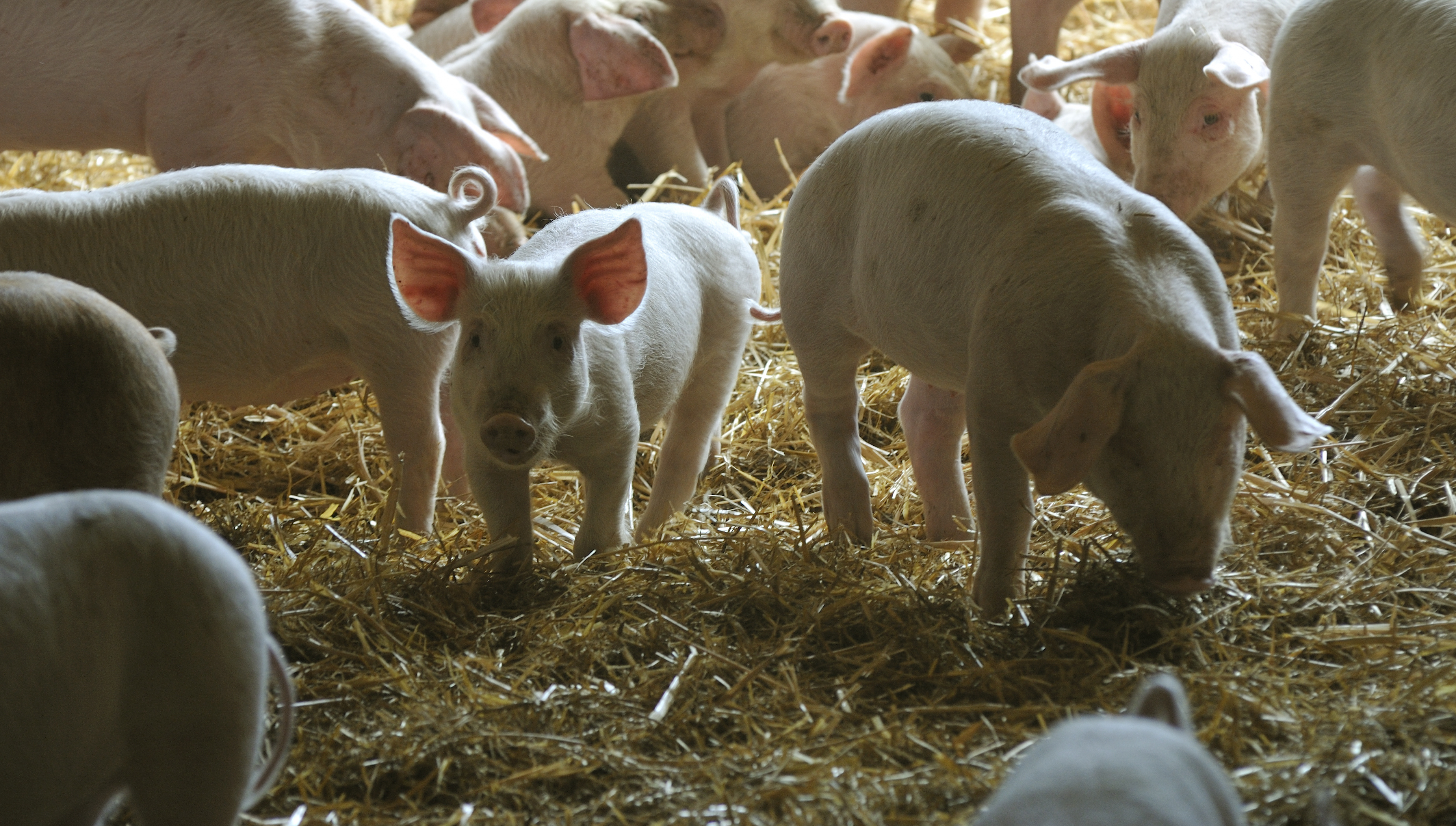



AHDB Pork showcases welfare best practice for pig producers
Finding up-to-date, useful information about welfare best practice can be a real headache but AHDB Pork provides a plethora of tools for the forward-thinking pig farmer.What specific areas of swine welfare is AHDB Pork targeting with the information it provides online and the tools available?
We are working specifically on three main areas: reduction in tail damage; provision of suitable enrichment; and assessing welfare on farm.
Tail damage and the number of docked finisher pigs are being recorded within our welfare outcome assessment scheme, Real Welfare. We also have a risk assessment tool, the AHDB Tail Biting WebHAT.
Through the AHDB Environmental Enrichment Guide, we provide guidance on the provision of suitable and effective environmental enrichment. Enrichment use is also one of the welfare outcomes measured in the Real Welfare scheme.
With regards to assessing welfare on farm, the Real Welfare scheme involves on-farm assessment of pig welfare by trained vets, using a set of five objective and repeatable measures. These measures are known as ‘welfare outcomes’ which are animal-based, meaning that they are obtained from the animals themselves, rather than from their environment or what is provided to the pigs.
In all our training courses, including the Stockman, Stockman Plus and Technical Managers training courses, welfare issues are covered generally, and with a lot of signposting to the wide variety of tools we provide, including the Practical Pig app.
We also provide advice to new pig keepers – and particularly small-scale producers – including welfare advice and best practice in a guide.

Why is AHDB Pork specifically targeting these areas of concern?
These are areas that our levy payers have asked for guidance on or they are areas highlighted by the PHWC Welfare Subgroup as priorities.
With regards to tail biting, there has been increased pressure from the EU that countries comply better with the legislation to not routinely tail dock pigs. This has passed down through Defra and APHA that industry. Producers need to show that they are complying with the legislation that routine tail docking is not legally permitted except under certain circumstances, but should only be used where other management options have proven to be ineffective, and at the recommendation of a veterinary surgeon. Your health and welfare plan should identify circumstances where these procedures may be necessary. Tail biting negatively affects the welfare of pigs because it can lead to painful tail injuries, infection, spinal abscesses and lameness, and is an economic cost to the industry as well.
It is a legal requirement (EU directive 2008/120/EC) for pig producers to provide pigs at all production stages, including sows, with permanent access to environmental enrichment materials in “a sufficient quantity… to enable proper investigation and manipulation activities”. Pigs are strongly motivated to carry out rooting and exploration behaviours – providing opportunities to do this can improve pig welfare, through allowing them to express natural behaviours and may reduce the risks of tail biting. Provision of enrichment can be an additional cost, and so it is important it is effective, and also not a biosecurity risk to the pigs.
Assessing on-farm welfare through Real Welfare was developed in response to the pig industry’s need for strong, science-based evidence to demonstrate its husbandry standards to retailers, animal welfare lobby groups, policy makers and consumers.
It has been highlighted as a welfare concern, the lack of technical knowledge/skills of some new or small-scale keepers. This can be a risk to pig welfare and the reputation of the general industry. To counter this, AHDB are providing advice, working with the BPA, setting up small scale producer meetings etc and developing a new guide to provide a range of advice and support.

Tail biting is an ongoing issue and there is no one simple way of stopping it from occurring. How does the AHDB Pork Tail Biting WebHAT help producers to holistically address tail biting on their farm?
The WebHAT was launched in March 2017, to support the publication of the AHBD Real Welfare Report (2013-2016), as one of the welfare outcome measures in Real Welfare is tail damage. It was a relatively quiet launch, but has steadily had increasing use and interest.
Producers and vets have had some initial sceptical views to it (as most of us would have to anything about reducing tail biting!), and it seems that this was based on concerns its purpose was to encourage producers not to dock, or that it was trying to “solve” the problem of tail biting.
Through working to show what the WebHAT is and does – and what it doesn't – this has reduced. We are now getting comments like, “it is a good place to begin” from previous sceptics.
There has also been more interest in the use of the tool since APHA have started to enforce differently the legislation on tail docking. Producers see that the WebHAT provides advice and suggestions, but also that it is a system they can use or modify to record tail biting. They can also create an action plan for recording identified risk factors and what they have done and can do to mitigate these.
However, AHDB are yet to show some case studies of how the WebHAT has worked/or not for some producers, to promote its use. We are working on this through our Strategic Farm programme.
Providing the right kind of enrichment for pigs is an important part of mitigating boredom-based damaging behaviours such as tail-biting. What guidance does AHDB Pork provide on this?
Our enrichment guide was initially released in May 2017, to support the publication of the AHBD Real Welfare Report (2013-2016). That report and the scientific paper it was based on, showed that the enrichment use ratio (an assessment of how pigs use the enrichment being provided) was going up over time, but still the environmental enrichment being provided was on average equal in preference to pen mates and pen fittings for the pigs at the time of assessment. This shows there is scope for improvement in this area. As the provision of effective enrichment remains important to for the industry, more guidance on enrichment provision was a priority – hence the guide. We have had several print runs of the physical copies of the guide, which have proved popular with producers at events AHDB has attended and pig clubs. A slightly revised version was released in 2018.
There is a wide range of enrichment options and materials available that can be used in different ways, but which vary in their properties and suitability for pigs in different housing systems.
Our guide provides practical advice to pig farmers on providing suitable environmental enrichment to pigs. It provides information from the knowledge of farmers, researchers and scientific literature on the different ways environmental enrichment can be provided for differing types of housing and pigs.
The information is set out in sections by housing type and, in each, the types of enrichment that are most suited to each system are discussed, their key properties, how to present the enrichment, quantities, and practical considerations too, such as ease of installation, maintenance and costs.
What has been the response to the publication of the Environmental enrichment for pigsdocument?
Overall, the response to the guide has been positive. It did not have a big launch but has been taken up by a number of organisations and is regularly mentioned in advice given to producers as a go to place for more information
Red Tractor sign post to the guide in their Pig Standards. Drafts of the proposed revisions to the Defra Pig Welfare codes have also included mention/links to the guide, and it has been included in the Tail Biting Action Plan sent to the EU Commission as evidence of the actions the UK industry have been undertaking to tackle tail biting and reduce the need for tail docking (compliance with the EU directive on tail docking). Through training AHDB staff have provided to APHA, we are aware that their inspectors use the guide also when discussing enrichment with producers.
AHDB have received requests to give permission for the guide to be translated and used in other countries, including Hungary – which is positive.

What other tools and guidance is AHDB Pork hoping to provide in the future?
Whilst the above remain priorities at the moment, there are a number of other areas we aim to work on in the future. There is a need for further guidance on reducing aggression in pigs, especially now there is an increase in raising pigs to heavier weights. AHDB and the PHWC have been working with academics to investigate literature to date on the effects on welfare of raising pigs to heavier weights. Guidance from this work could be provided in the future. This also leads to other welfare issues around space allowances which we know is a growing priority of the EU and farm assurance schemes, AHDB are interested to assist in that.
Other areas where future guidance may be required are seeking improvements in welfare at the time of farrowing and during lactation (for sows and piglets), and transport (FAWC and the EU are starting to revisit this).









